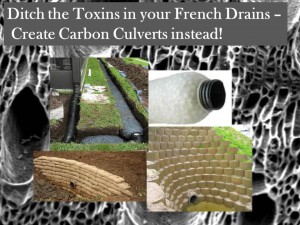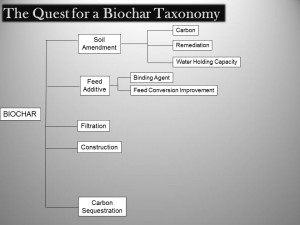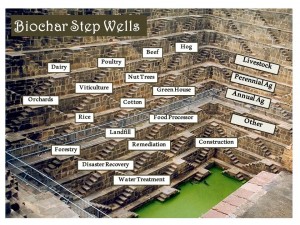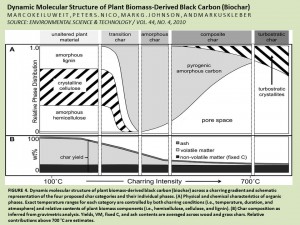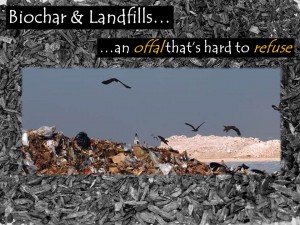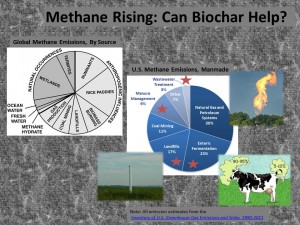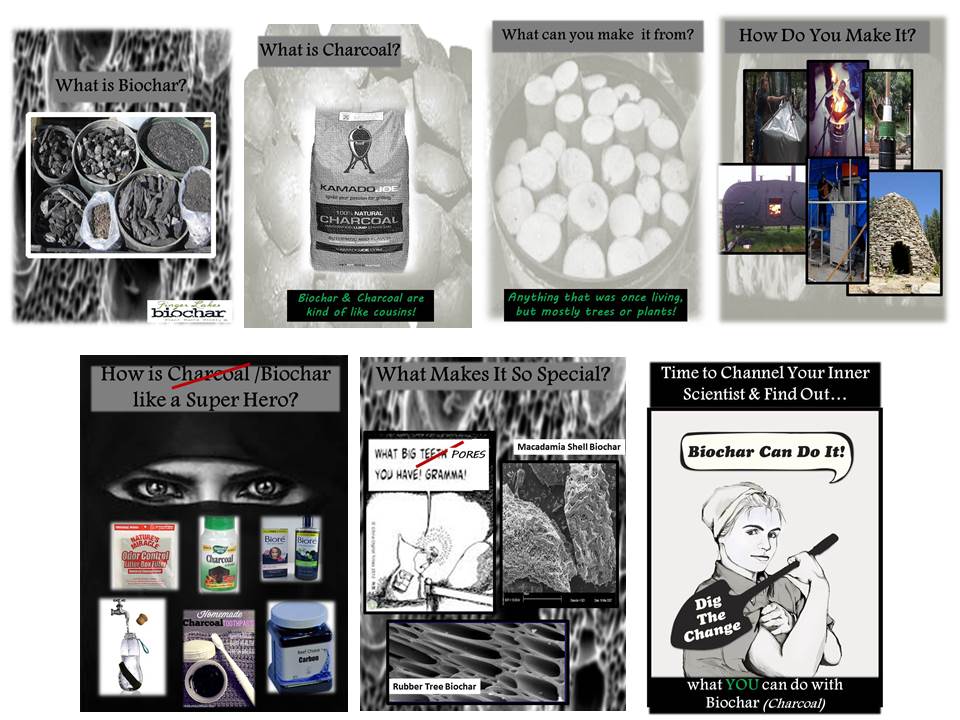While roaming more than one big box home improvement store this weekend in search of materials for V2 of Terra Pads, I stumbled upon a drain sleeve which is normally used as a fabric sock for perforated drain pipes for French drains. Perfect for what I was looking for! Then I noticed these weird things that looked like giant worms which turned out to be Styrofoam peanuts packed around a slotted PVC pipe with a Drain Sleeve around them. “Perfect” for French drains or so the advertising claimed. [A quick bit of math told me that those packing peanuts didn’t cost peanuts as buying the sleeve + the PVC pipe would have only cost about $15 and the peanut piping was $49 for 10′ of pipe!]
Allow me to bring your thinking down into the gutter for a few minutes…
Of COURSE this got me to thinking about how to detoxify this whole peanut worm solution with, yes, you’ve guessed by now, biochar! Obviously they are using the Styrofoam as a replacement for heavy gravel. I don’t have a problem with 98% of that (since that much is air) but the other 2% of Styrofoam is a little off-putting for lots of reasons which you can read about here. So my initial thinking was that swapping out the toxic peanuts for biochar would not only provide a similar lightness benefit but it would also help filter the water of many of the toxins that might be found in the ground water from pesticides or other nasties.
Then I was scanning this intriguing little article called ‘The Fallacy of the French Drain’ which points out that geotextiles can suffer from ‘blinding’ once silt & clay particles clog up the nooks & crannies and then water is unable to permeate through it. So the next round of my thinking is ‘let’s ditch the drain sleeve’. Just surround the slotted PVC pipe with biochar and add topsoil.
Then I got to wondering how much do you really need that PVC pipe if you have a foot or more of pretty clumpy biochar or maybe varying grades of biochar. Or perhaps we could create culverts out of carbon instead of cement or plastic? Imagine how many toxins you could prevent from getting into local water bodies? Imagine how many fewer chemical products we’d be making and buying? Imagine how much carbon you could sequester if you did this for all building construction sites?
The planet needs a lot of carbon sinks and this one makes a whole lot of sense!

